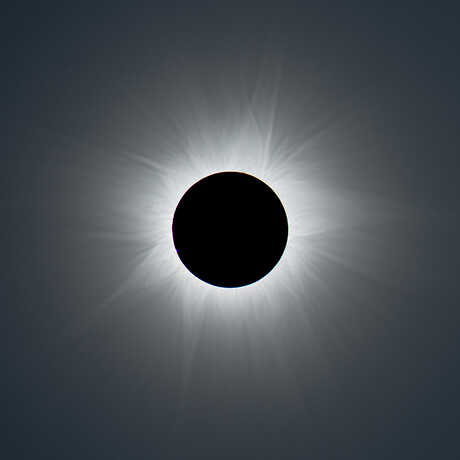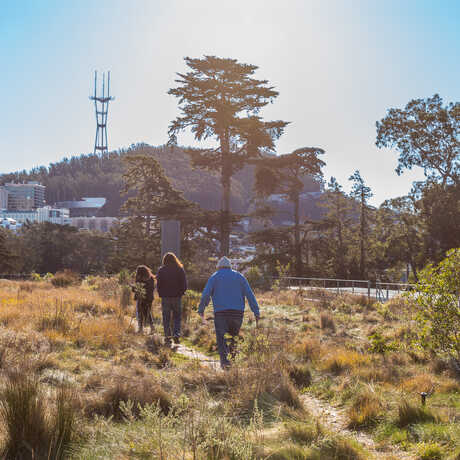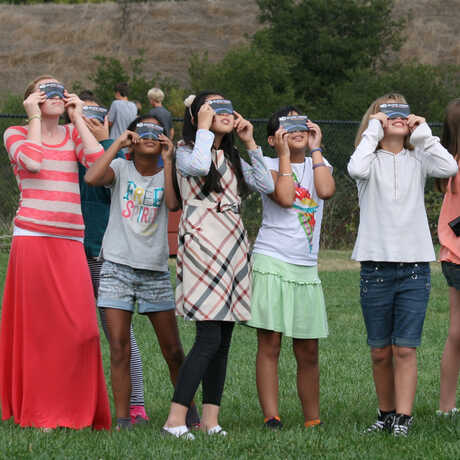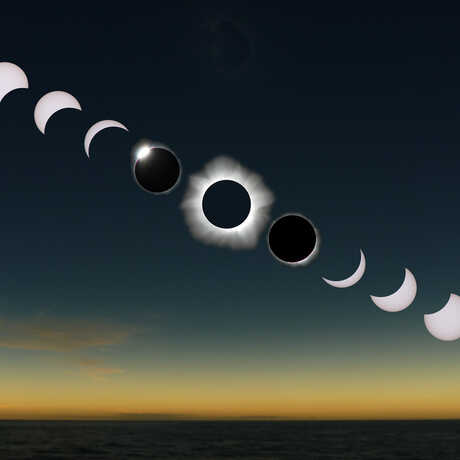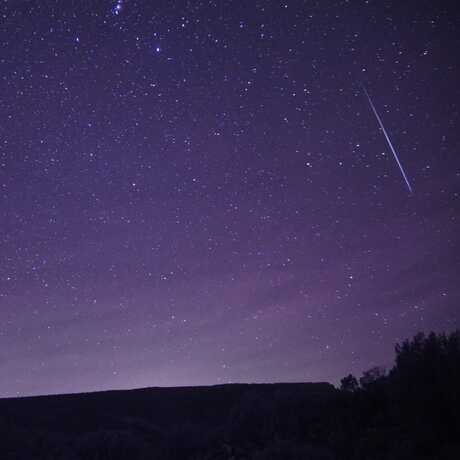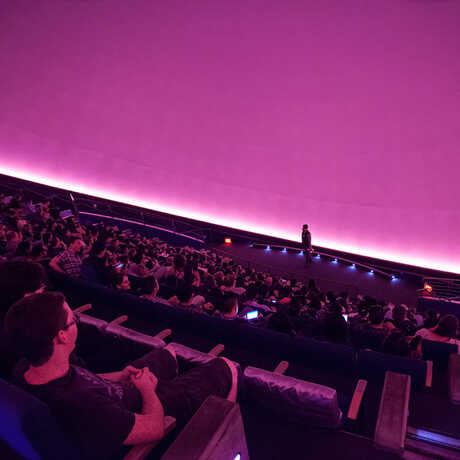Browse our collection of educational resources, activities, and opportunities for educators and students.
On Monday, April 8, 2024, a total solar eclipse will darken a 115-mile-wide swath from Mexico to eastern Canada, traversing the United States from Texas to Maine in the process. Virtually all of North America will be in the path of at least a partial solar eclipse. Below are some ways you can observe the eclipse on your own and at the Academy.
Para ver esta página en español, haga clic aquí.
